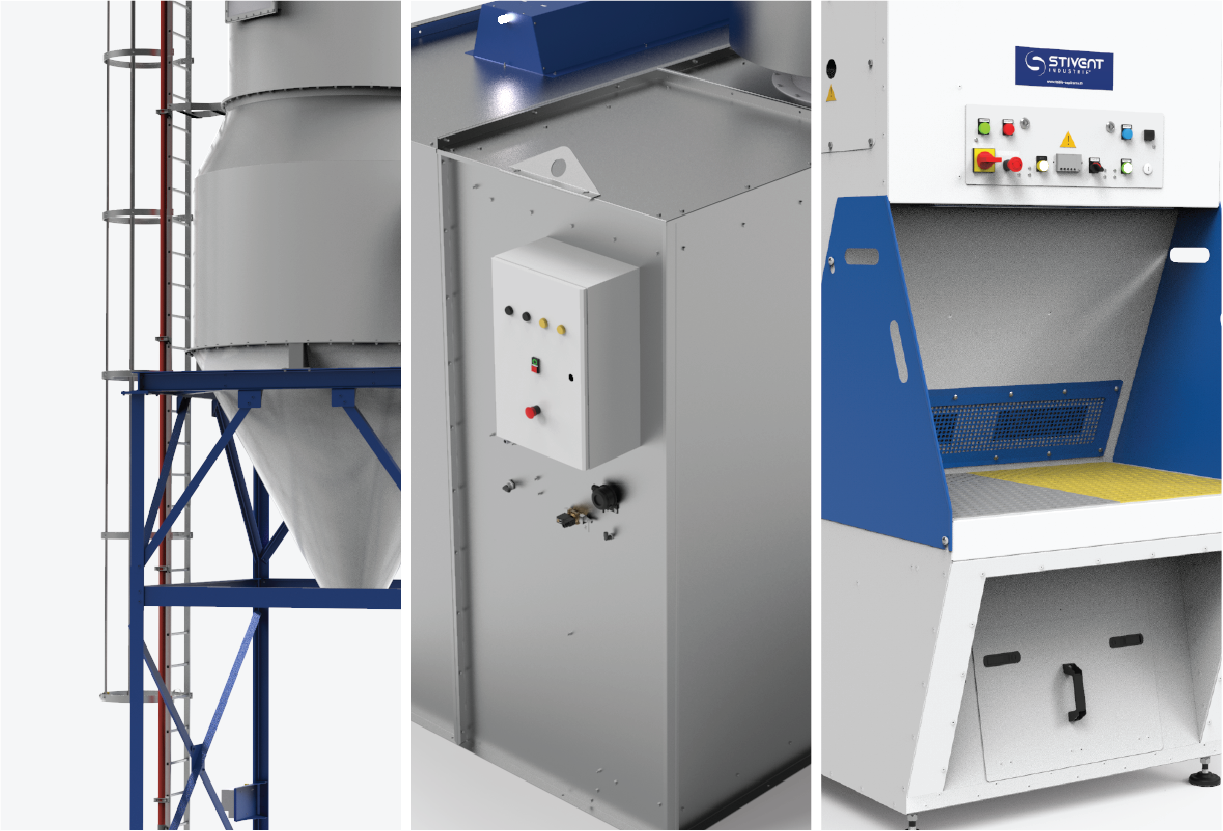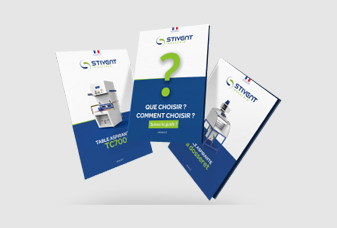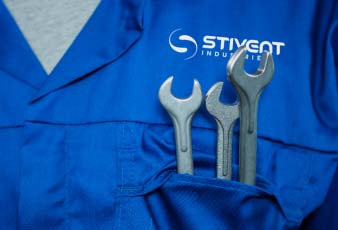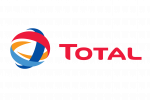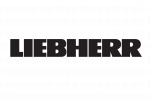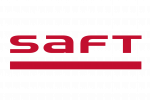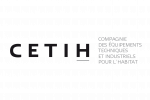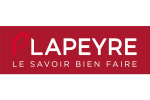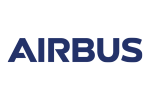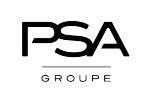Industrial aspiration
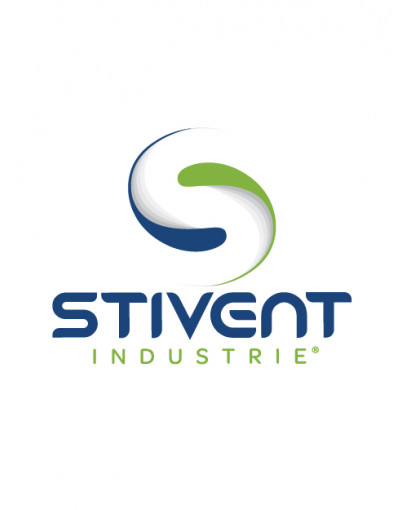
Regulation of occupational risks in an industrial environment
The regulation of occupational hazards in industrial environments is subject to specific standards. They aim to preserve the health of operators by controlling air quality.
ATEX regulations
All our tables are self-certified to meet ATEX standards.
They generate a defined and controlled ATEX zone (zone 21 for dust and zone 1 for gases and vapours).
What is an ATEX risk?
Explosive atmosphere or ATEX: mixture with air, under atmospheric conditions, of flammable substances in the form of gases, vapours, mists, or dusts, in which, after ignition, combustion spreads to the whole unburned mixture
Source: European Directive 2014/34/EU of 26 February 2014.
The assessment of ATEX risks is determined by the delimitation of zones at risk of explosion ("ATEX zones"). This zoning is characterized according to the possibility of the formation of an explosive atmosphere and the volume thereof. These hazardous locations are classified as risk areas, depending on the frequency and duration of an explosive atmosphere.
Preventive measures, such as our tables, make it possible to reduce the volume or potential of these areas. Places likely to have an ATEX zone are identified using the regulatory pictogram.
Find the classification of ATEX zones on stivent.com.
> How do I know if the dust you make is ATEX?
When defining ATEX zones at workplaces, the first step is to collect physico-chemical data of combustible products on the site. If a characterization has already been made, you can find it on this INRS website.
If the site does not list it, you can use a certified body such as Bureau Veritas.
Legislation
> European directives
Council Directive 89/391/EEC of 12 June 1989 on the introduction of measures to encourage improvements in the safety and health of workers at work. It is the founding Community text of the general principles of health and safety at work in the Member States.
> The Labour Code
The first transposition was made in France by Act No.91-1414 of 31 December 1991, which incorporated the general principles of prevention into the Labour Code. Since then, there has been an obligation on public employers to protect the physical and mental health of all public officials.
Indeed, the Court of Cassation considers that " the employer is bound, towards his employee, to an obligation of the safety of result, in particular with regard to accidents at work and occupational diseases. The breach of this obligation has the character of an inexcusable fault when the employer had or should have been aware of the danger to which the employee was exposed and it did not take the necessary measures to protect them " (2nd civil, 17 February 2011).
> All our tables are designed to improve the ergonomics of workstations. They meet European standards for work-related MSDs and provide the operator with maximum protection.
In addition, the main regulation of air is defined in the Labour Code - Article R4412-149 - which sets the limit values for occupational exposure (called OELs) to pollutants present in the atmosphere of workplaces and the breathing zone of workers.
Since October 2020, respirable crystalline silica dust has been added to the list of carcinogens.
|
Pollutants
|
Examples of pollutants
|
Minimum speed (m/s)
|
|
Smokes
|
Fumes of zinc and aluminium oxides
|
7 to 10
|
|
Exceptionally fine and light dust
|
Exceptionally fine cotton plush
|
10 to 13
|
|
Dry dust and powders
|
Fine rubber dust, of Bakelite moulding; jute fluff; soap, cotton dust
|
13 to 18
|
|
Medium industrial dust
|
Dry sanding abrasive; grinding dust: jute dust, granite dust; brick cutting, clay dust, limestone dust
|
18 to 20
|
|
Heavy Dust
|
Dust from barrels for sanding or unsewing, sandblasting, cast-iron boring
|
20 to 23
|
|
Heavy or damp dust
|
Wet cement dust, fibre pipe cutting-cement, quicklime
|
> 23 or wet pneumatic transport
|
> INRS
All our tables are also designed in compliance with ED965 - General Ventilation Principles.
STIVENT INDUSTRIE® has selected the F7 filters which filter 90% of the dust to 0.7 microns. The dust is filtered and then discharged 8 m from any air reintroduction zone and 8 m from a passage zone.
Attention: there is no national regulatory framework for the treatment of vapours, chemicals, and fumes. The standards are set by prefectural decrees. Nevertheless, activated carbon filtration will effectively filter the air from solvents and other chemicals.
Do you need help finding your downdraft table ?




